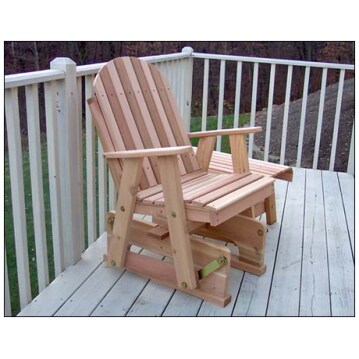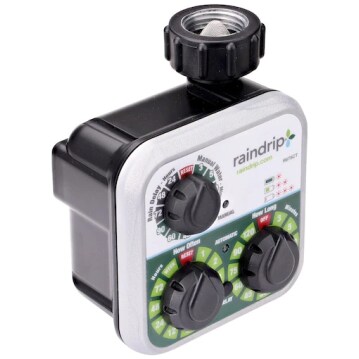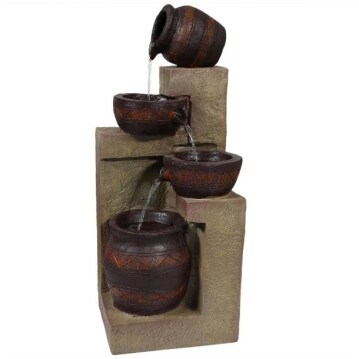
Maintaining a lush and healthy lawn requires proper irrigation, and selecting the right valve and sprinkler count is crucial to ensure efficient water distribution. Residential lawns come in various sizes, and understanding the relationship between lawn area and water flow rate is essential for optimal irrigation system design.
In this guide, we’ll explore the factors involved in determining the appropriate valve and sprinkler count for residential lawns. By understanding the math behind the calculation and considering specific lawn characteristics, homeowners can make informed decisions to maximize water efficiency and promote vibrant, thriving landscapes.
Simple Valve and Pop-up Sprinkler Calculator
If you don’t know exactly what you need, there is a breakdown of the calculations below.
Browse our Affiliate Products
Valve and Pop-up Sprinkler Calculator
Disclaimer: These calculations are a suggestion of what you may need based on your yard dimensions, but may not be applicable in every situation. Always check with the manufactures recommendations.
Let’s break down the math involved in the valve calculator.
Inputs:
- Lawn Size (in square feet): This is the total area of the residential lawn that needs to be irrigated.
- Water Flow Rate (in GPM – Gallons Per Minute): This is the rate at which water flows from your water source to the irrigation system.
Calculation:
The calculation involves determining the number of valves needed based on the water flow rate. A common rule of thumb for residential lawns is to use 1 valve per 15 GPM of water flow. Here’s how the calculation works:
- Convert Lawn Size to Gallons per Minute (GPM):
- We’ll need to determine the water requirement for the lawn size. This can vary based on factors like soil type, climate, and plant types. However, for simplicity, we’ll assume a standard water requirement.
- Let’s assume a common watering depth for lawns of around 1 inch per week.
- To calculate the weekly water requirement for the lawn, we multiply the lawn size (in square feet) by the desired watering depth (in feet).
- Then, we convert the weekly water requirement to gallons. Since 1 cubic foot of water equals approximately 7.48 gallons, we multiply the result by 7.48 to get the total gallons needed per week.
- Finally, we divide this value by the number of minutes in a week (7 days * 24 hours * 60 minutes) to get the gallons per minute (GPM) flow rate required for irrigation.
- Determine Number of Valves:
- Once we have the GPM flow rate, we divide it by 15 (1 valve per 15 GPM) to find out how many valves are needed to handle the water flow.
Example:
Let’s say we have a lawn size of 5,000 square feet and a water flow rate of 20 GPM.
- Convert Lawn Size to GPM:
- Water Requirement = Lawn Size * Watering Depth = 5000 sq ft * (1/12) ft (assuming 1 inch per week) = 416.67 cubic feet per week ≈ 3116.7 gallons per week ≈ 445.24 gallons per day ≈ 0.31 gallons per minute (GPM)
- Determine Number of Valves:
- Number of Valves = Water Flow Rate / 15 = 20 GPM / 15 ≈ 1.33 valves
- Since we can’t have a fraction of a valve, we would round up to the nearest whole number.
- So, we would need 2 valves to handle the water flow.
This calculation helps ensure that your irrigation system can adequately handle the water flow needed to properly water your lawn, promoting healthy growth and minimizing water waste. Adjustments can be made based on specific requirements and conditions.
Conclusion
Selecting the correct valve and sprinkler count for your residential lawn is a fundamental aspect of irrigation system design. By considering factors such as lawn size, water flow rate, and irrigation requirements, homeowners can ensure that their irrigation systems operate effectively and efficiently. This not only promotes healthy plant growth but also conserves water resources and reduces water wastage. Armed with the knowledge provided in this guide, homeowners can make informed decisions to optimize irrigation practices, resulting in beautiful, sustainable landscapes for years to come.









